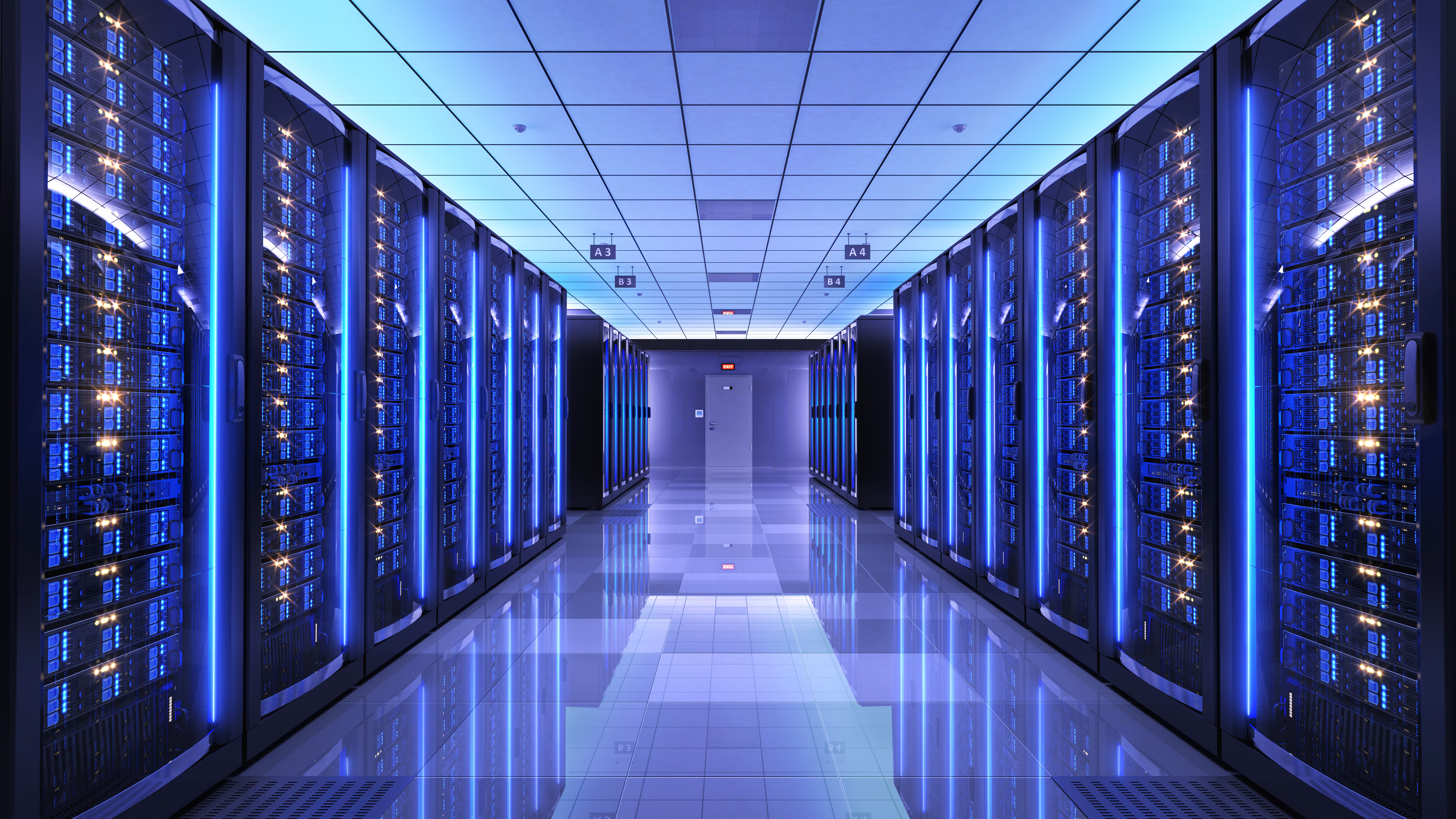Businesses today depend on servers more than ever. They power apps, store data, and keep everything running fast. But technology changes fast, too. Firms that adapt to the new trends of servers usually save a lot of money and operate smoothly. These are the trends that are determining the future of IT. They enable systems to be faster, stronger, and smarter. With every new trend, there is an opportunity to cut down expenses and enhance output.
From green to cloud-based systems, the changes are big and real. Many brands are already switching to these modern setups to cut down power use and improve uptime.
Every company, big or small, can benefit. The more your business adapts, the more you save. Let’s explore seven server trends that are transforming the way companies save millions every year.
1. Energy-Efficient Servers Are Saving Power and Money
Energy bills take a large share of business expenses. Modern servers are currently being designed with energy-saving features, which save power. A server that is energy efficient may save thousands of dollars annually. They use advanced processors and power management tools to keep systems cool. Businesses that use them spend less on maintenance, too. Lower power use means lower risks of downtime.
- Consume less electricity even during high workloads.
- They last longer because of improved heat control.
Smart Cooling Technologies
New cooling methods like liquid cooling are gaining attention. Liquid cooling removes heat faster than air fans. Many companies are now moving data centers to cooler regions to save on air conditioning. Some even use outside air to keep machines cool.
As per a report, the global server market is booming. The total market share is expected to hit $175.29 billion by 2030.
2. Virtualization Reduces Expenses and Enhances Efficiency
Virtualization refers to the utilization of numerous servers on a single physical server. This one change helps businesses save massive amounts of money.
- Reduces the need to buy more hardware.
- Saves energy because fewer physical servers are needed.
- Simplifies management with centralized control.
- It allows faster recovery during system issues
Centralized Control Made Easy
With virtualization tools, IT teams can manage everything from one screen. They can create backups, move apps, or update systems in minutes. That saves both time and labor costs.
3. Hybrid Cloud Servers Bring Flexibility and Savings
A hybrid cloud mixes public and private cloud environments. Hybrid setups are becoming the favorite choice for cost-focused businesses. Companies use private clouds for secure data and public clouds for high workloads.
- They let companies store sensitive data securely.
- Offer easy access to public cloud apps.
- Reduce spending on physical data centers.
- Improve collaboration and remote work.
Scalable and Secure
When demand increases, the public cloud handles the extra load. When it drops, systems return to the private setup. This flexibility saves money during slow periods.
4. Edge Computing Cuts Latency and Bandwidth Costs
Edge computing moves data processing closer to its source. Rather than sending nearly everything to remote systems, it retains data close to the source.
- Cuts down network delays.
- Saves internet bandwidth.
- It keeps apps running even during connection issues.
- It increases security for sensitive data.
Local Power for Global Results
Companies using edge experience faster services and lower costs. They send only important data to central systems. This reduces internet use and saves bandwidth fees.
With less traffic going back and forth between locations, businesses enjoy smoother and cheaper operations.
5. AI-Powered Server Management Cuts Human Error
Artificial intelligence is now a major part of server management. AI tools monitor performance, predict issues, and fix small problems automatically.
- Detect early signs of system failure.
- Adjust workloads to avoid overuse.
- Reduce manual monitoring needs.
Predictive Maintenance Saves Millions
Predictive systems warn about parts that may fail soon. This reduces the risk of sudden and expensive breakdowns.
6. Automated Backup; Disaster Recovery Reduces Risk.
With every upgrade comes less waste and more productivity. Every business must protect its data. Modern systems now include automated backup and recovery systems.
- Save files in multiple secure locations.
- Restart systems quickly after crashes.
- They reduce data loss during disasters.
- They need less human work to manage backups.
Automation ensures no file is forgotten. Backups happen on time without manual checking.
Cloud-Based Recovery Systems
Cloud recovery allows companies to restart from anywhere. This means no business interruption and no costly downtime.
7. Modular Data Centers Offer Fast and Scalable Savings
Modular data centers are built like building blocks. They can expand or shrink based on business needs.
- Save construction and setup costs.
- It can be moved or upgraded easily.
- They use less space and energy.
- They allow quick scaling for growing businesses.
Conclusion
Modern businesses can no longer depend on old server setups. These seven emerging trends are changing how companies save money and improve performance. Energy-efficient systems cut power costs. Virtualization reduces hardware needs. Hybrid clouds add flexibility. Edge computing boosts speed. AI improves reliability. Automated recovery keeps data safe. Modular data centers bring easy scaling.
These technologies are available not just for large corporations. Small and medium companies also have the potential to benefit. The future of business is smarter servers that process faster, cost less, and last longer. Adopting any of these future trends sooner rather than later will result in your company saving millions in less than a year.




